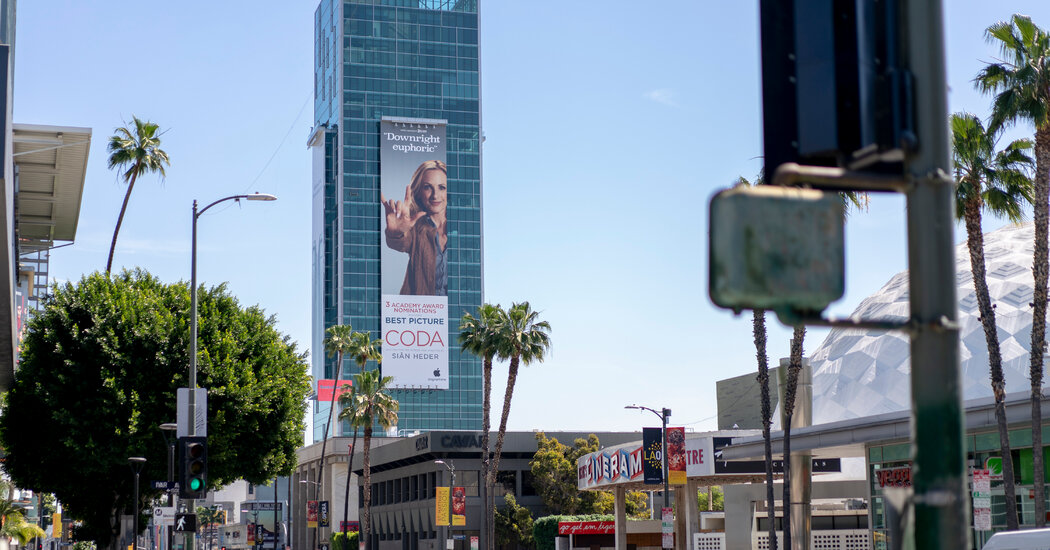
The pandemic accelerated the disruption. Traditional studios like Paramount, Universal, Sony, Warner Bros. and Disney rerouted dozens of theatrical films to streaming services or released them simultaneously in theaters and online. For the second year in a row, the Academy of Motion Picture Arts and Sciences, citing the coronavirus threat, allowed films to skip a theatrical release entirely and still be eligible for Oscars. The academy had previously required at least a perfunctory theatrical release of at least a week in Los Angeles.
This is about more than Hollywood egotism. The worry is that, as streaming services proliferate — more than 300 now operate in the United States, according to the consulting firm Parks Associates — theaters could become exclusively the land of superheroes, sequels and remakes. The venerable Warner Bros. has slashed annual theatrical output by almost half and built a direct-to-streaming film assembly line. Last week, Amazon boosted its Prime Video service by acquiring Metro-Goldwyn-Mayer, the old-line studio behind “Licorice Pizza,” which is nominated for three Academy Awards, including best picture.
In a year when Hollywood largely failed to jump-start theatrical moviegoing, streaming services solidified their hold on viewers. Global ticket sales totaled $21.3 billion in 2021, down from $42.3 billion in 2019, according to the Motion Picture Association. (Theaters were closed for much of 2020.) Some theater companies have gone out of business, others have merged; the world’s biggest theater chain, AMC Entertainment, racked up $6 billion in losses over the past two years and its stock has dropped 66 percent since June. At the same time, the number of subscriptions to online video services around the world grew to 1.3 billion, up from 864 million in 2019, the group said.
One film that struggled at the box office was Mr. Spielberg’s “West Side Story,” which received an exclusive run in theaters (per his wishes) of about three months. It collected about $75 million worldwide (against a production budget of $100 million and global marketing costs of roughly $50 million). “West Side Story” is now available on not one but two streaming services, Disney+ and HBO Max, where it has almost assuredly been viewed more widely than in theaters. But the film was never able to recover — among Oscar voters — from being branded a box office misfire. It received seven nominations, and is poised to win in one category, for Ariana DeBose as best supporting actress.
Mr. Spielberg’s also-ran presence in the current Oscar race makes the ascendance of streaming contenders all the more striking: a lion in the fight to keep the Academy Awards focused on theatrical films is pushed aside.
However unlikely, it is possible that “West Side Story” could come from behind and win the best picture trophy. So could Kenneth Branagh’s “Belfast,” for that matter. Such an outcome would be a bit like 2019, when academy voters, turned off by an over-the-top campaign by Netflix to push “Roma” to best picture glory, instead gave the prize to “Green Book,” a traditional film from Universal Pictures.


More Stories
Ronny J and Branden Condy were recently spotted together in front of LIV club in Miami Beach, FL
Abu Dhabi Sustainability Week to host first Green Hydrogen Summit
IDEX, NAVDEX to showcase fast-changing defence sector